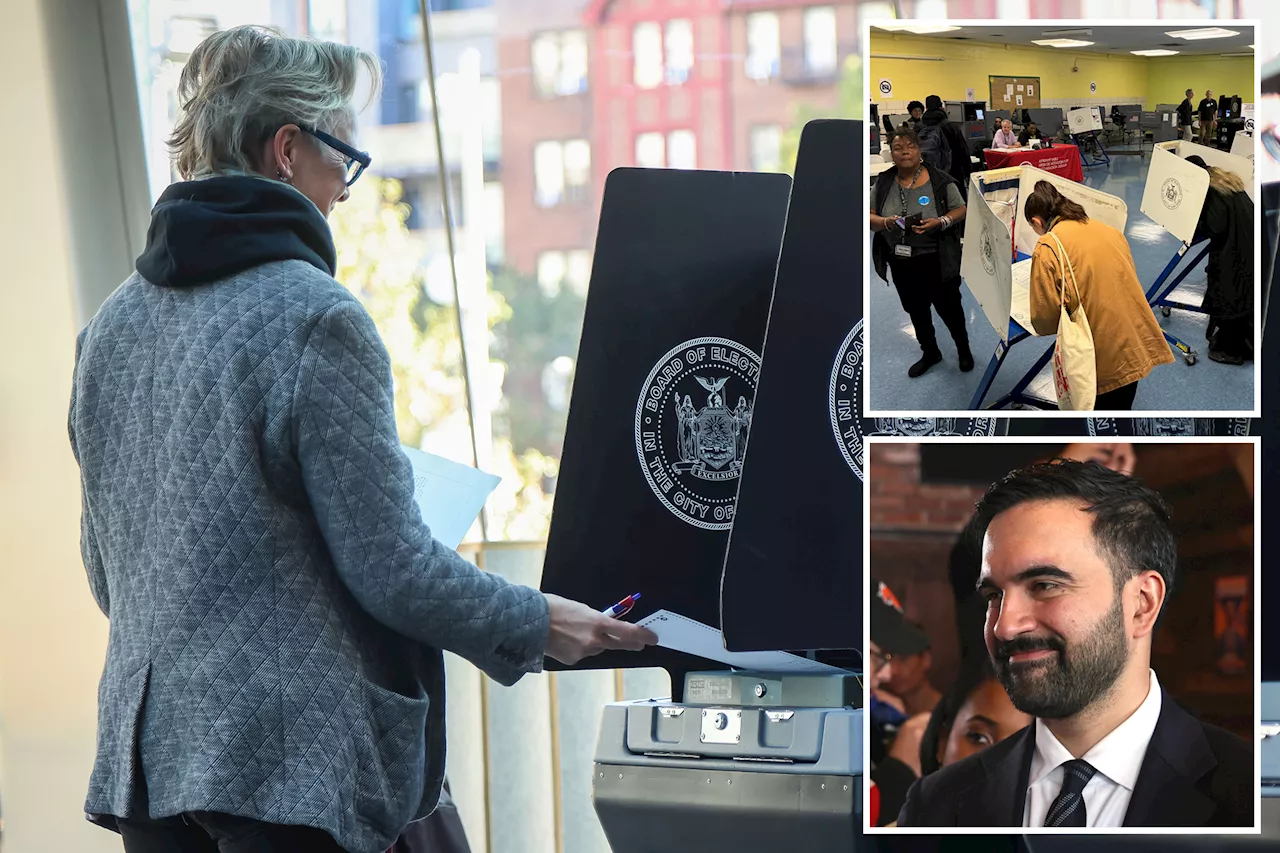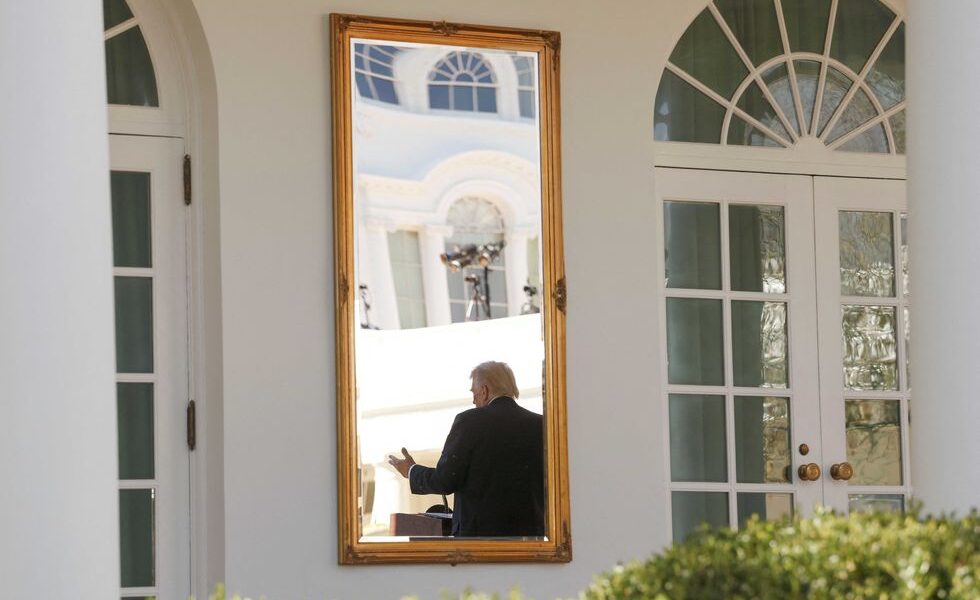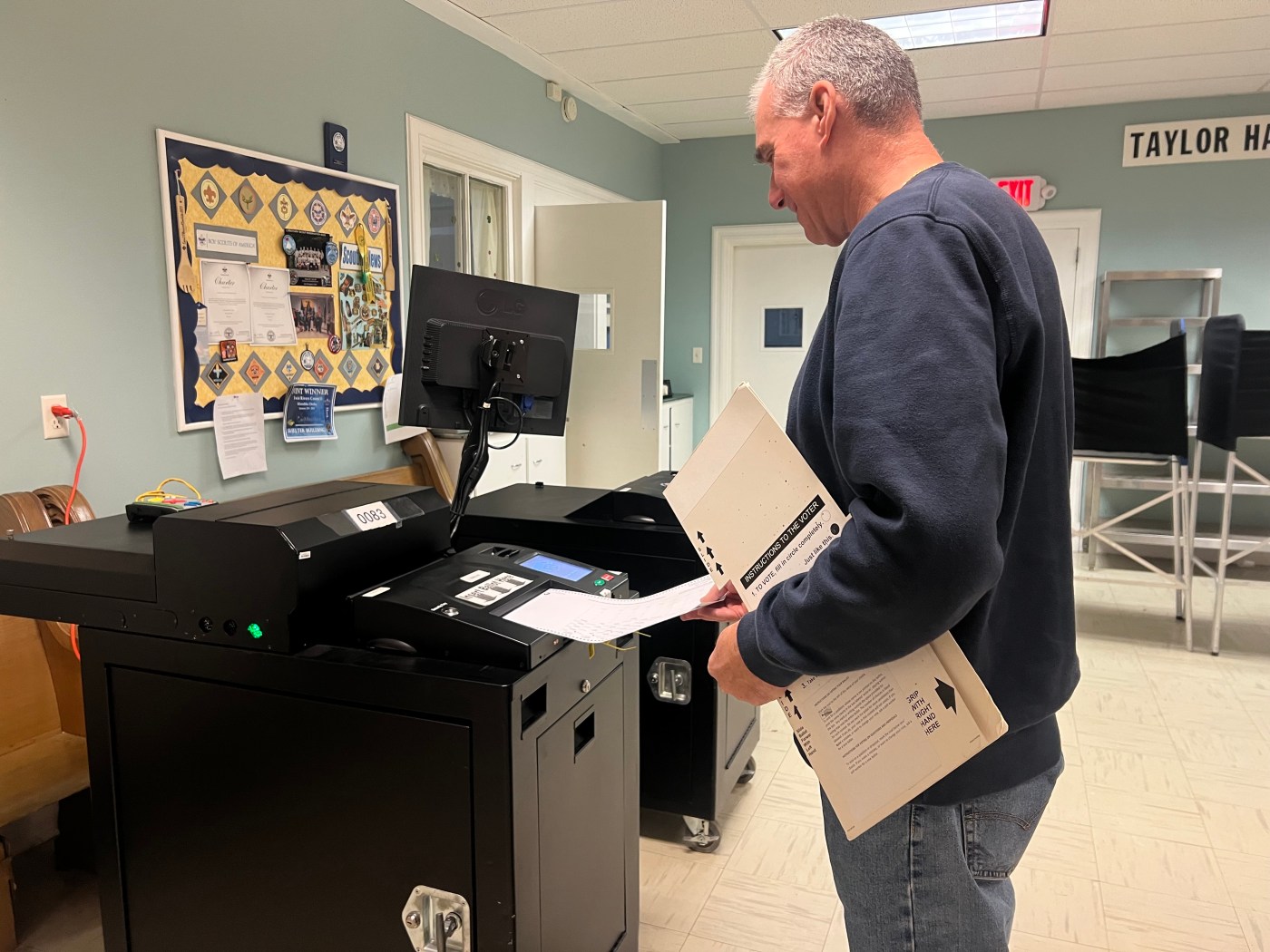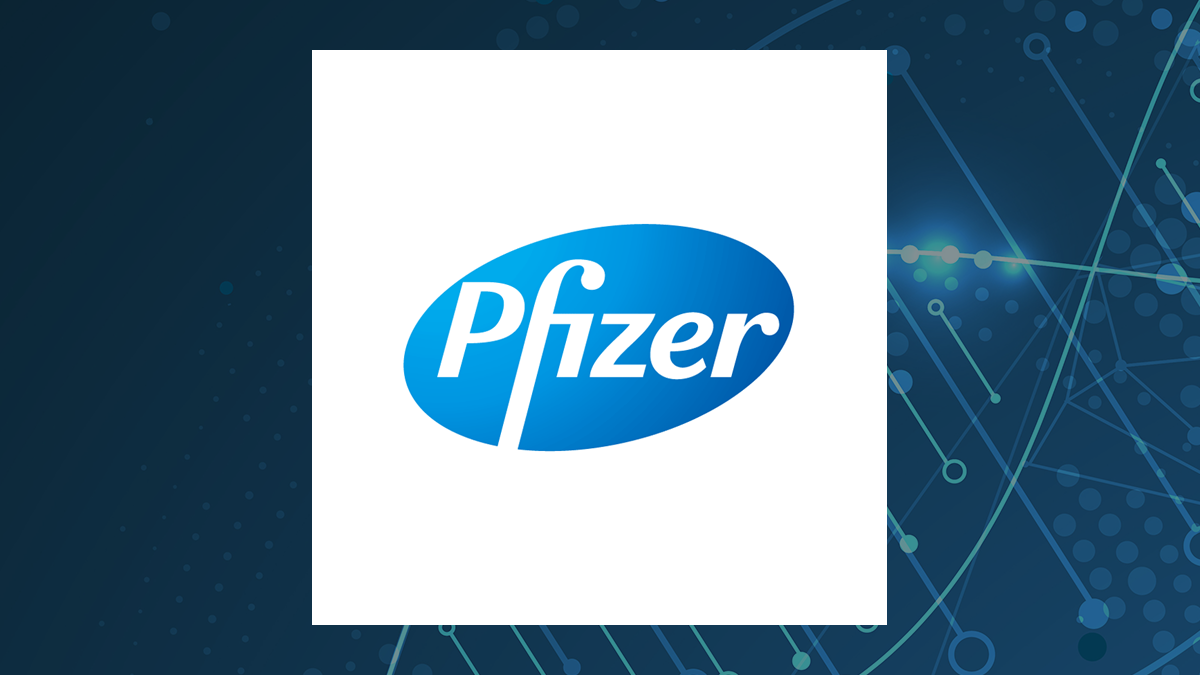New York City has taken a significant step in public health by becoming the first city in the United States to require sugar warnings on menus at chain restaurants. Effective from October 4, 2023, this initiative mandates that chain restaurants display a symbol identifying items containing more than 50 grams of added sugar, the daily limit recommended by the Food and Drug Administration (FDA).
The new symbol, a white spoon inside a black triangle, will be prominently featured on menus across nearly 4,000 restaurants in the city that are part of chains with 15 or more locations. This law aims to inform New Yorkers about their sugar consumption and reduce the risk of associated health issues, such as Type 2 diabetes and obesity.
Implementation and Compliance
Acting Health Commissioner Dr. Michelle Morse stated, “Through this rule, we aim for New Yorkers to have more insight into the amount of sugar in certain products to make more informed choices.” The Department of Health (DOH) has communicated the new requirements to restaurant operators through various channels, including emails and inspection notices. Starting in January, non-compliance may result in fines of $200 for establishments that fail to display the required warnings.
The regulation applies not only to standalone menu items but also to combo meals and desserts that total 50 grams or more of added sugars. For example, if both a bottled milkshake and its freshly made counterpart are sold under the same brand, both must include the warning icon. However, made-to-order items like shakes that are custom-prepared at the restaurant are exempt from this requirement.
Public Response and Future Considerations
While many health professionals support the initiative, some customers have expressed skepticism. A recent study highlighted that attempts to encourage healthier eating habits through labeling have shown mixed results. Customers have noted that they did not always notice the new icon, leading to concerns that the small size—no larger than the largest letter of the food item name—might not effectively catch attention.
Critics have also pointed out the limitation of the law, stating that it only applies to chain restaurants, leaving out smaller establishments, bodegas, and food carts. One commenter on the city’s public feedback platform questioned the fairness of the regulation, suggesting it could lead to increased scrutiny and expenses for chain restaurants while neglecting independent food vendors.
Registered dietitian Carine Nassar from MedStar Health views the new symbols as a step in the right direction, arguing that the initial threshold of 50 grams is a reasonable starting point. She suggests that a lower threshold in the future could further promote healthier choices among consumers. “If several items containing close to 50 grams of added sugar are consumed per day, you can see how the daily limit will be easily exceeded,” she explained.
As cities across the nation observe the outcomes of New York City’s new regulation, the DOH has indicated that they are working with academic researchers to assess the impact of these warnings on consumer behavior. The initiative reflects a growing trend to prioritize public health in urban policy, balancing the need for consumer awareness with the operational demands placed on restaurants.
In summary, the introduction of sugar warnings in New York City’s restaurant menus marks a pioneering effort in public health regulation, aiming to empower consumers with crucial dietary information. As the city continues to navigate the implications of this initiative, its effectiveness in promoting healthier choices remains to be seen.







